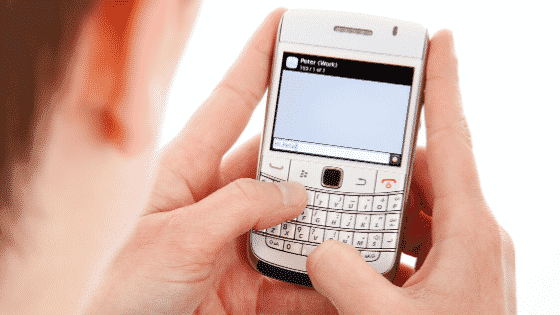Mobile messaging is a central part of modern life. Millions of friendships and relationships are founded and sustained by messages on cell phones. These messages have existed in some form or another for decades. But mobile messaging has changed significantly in recent years. Encryption, multimedia capabilities, and the rise of the messaging platform have all shifted what most people think of when they think of mobile messages.
Greater security
Mobile messaging has embraced security and encryption in a number of different ways. The field has embraced numerous aspects of security at several different points and with many services. There are specifically encoded apps that make anonymous communication much easier. These messaging systems have protected thousands of protesters and government critics from identification and retribution. Encryption has opened up massive new opportunities for messaging apps. Messaging apps have also been stricter about information security and protection against hackers. All of these efforts have made them a much safer option than they might have been ten years ago.
Multimedia capabilities

Another significant development in mobile messaging capability is the introduction of multimedia aspects. Ten years ago, multimedia messaging was difficult. Individual phones strained to send photographs in messages to one another. Now, there is a wide range of possibilities since an SMS API message can use cell phone data. Individuals often send entire videos and gif files to one another.
They can send emojis using the newest iPhones that combine gifs, emoji, and short video files. Individuals can incorporate more video and audio components this year than they ever could in years past. Such developments have significantly altered the number of ways that a person can express themselves through mobile messages.
The connection of SMS APIs and data usage
Perhaps the most significant change in mobile messaging over the past ten years has been the shift away from cellular messaging towards messaging that uses apps and cell phone data. SMS messaging has been around for decades and was used frequently started in the late 1990s. This form of messaging is still preferred among many people who do not have a smartphone or may not have access to internet data. But apps that use data have proliferated and nearly overwhelmed the market.
Data usage creates a number of opportunities for mobile messaging. It turns messaging into yet another activity that falls within the realm of smartphones such as Apple and Android. Users can see when the other user is typing and when their message was last read. Messaging platforms can emerge and introduce a number of different features through the process of competition. Finally, there is now the chance that an individual can message almost entirely for free. By enabling a handful of settings, a person can send all of their mobile messages using Wi-Fi. This setting would use no data whatsoever and not incur charges based on a cell phone plan that charged for SMS texting.
Mobile messaging will only continue to change in the next few years. The shift away from traditional SMS will accelerate. There will be more and more messaging apps and multimedia innovations. Mobile messaging may even embrace the blockchain revolution and reach a new level of encryption and personal information security. There is no doubt, however, that mobile messaging will continue to dominate our lives into the 2020s and beyond.